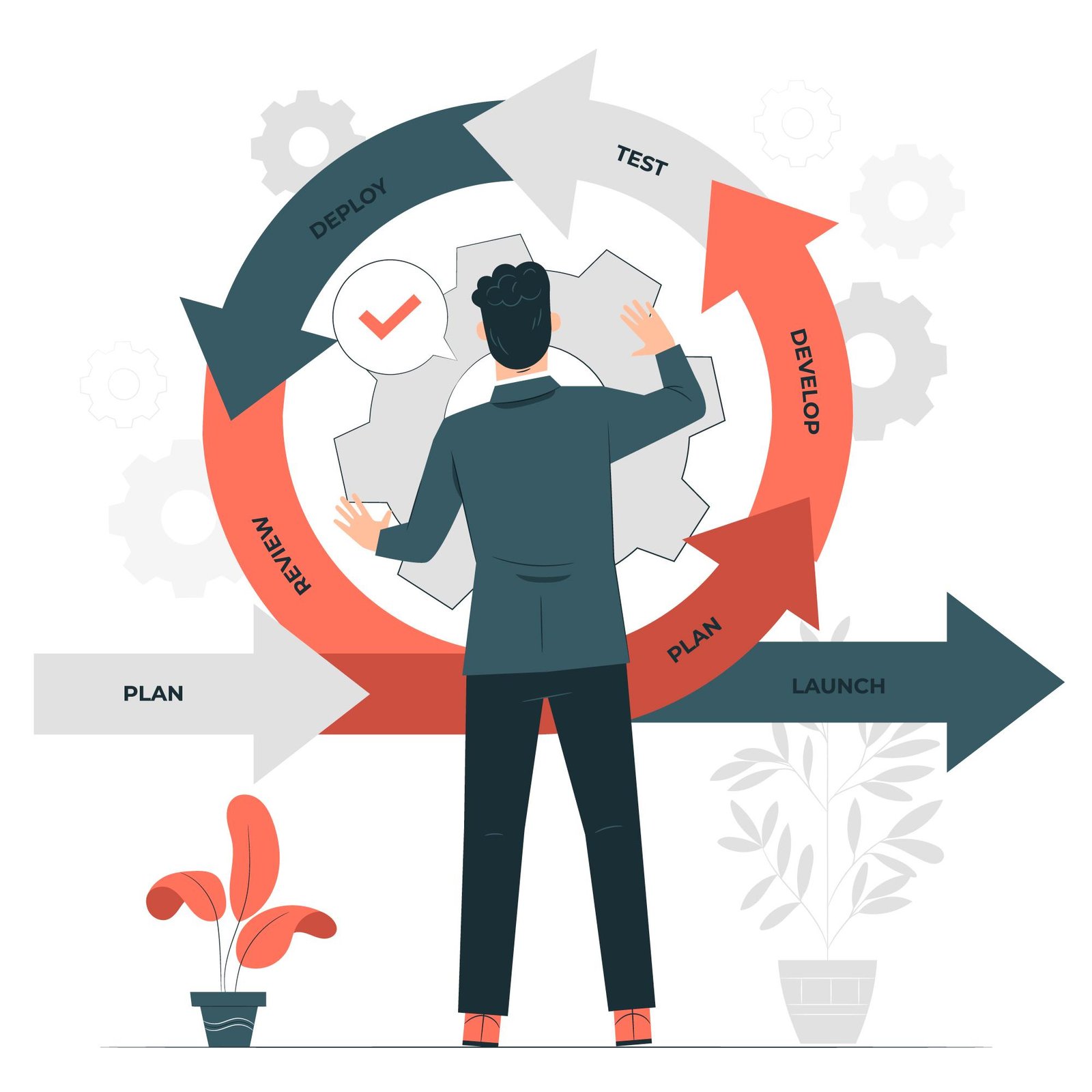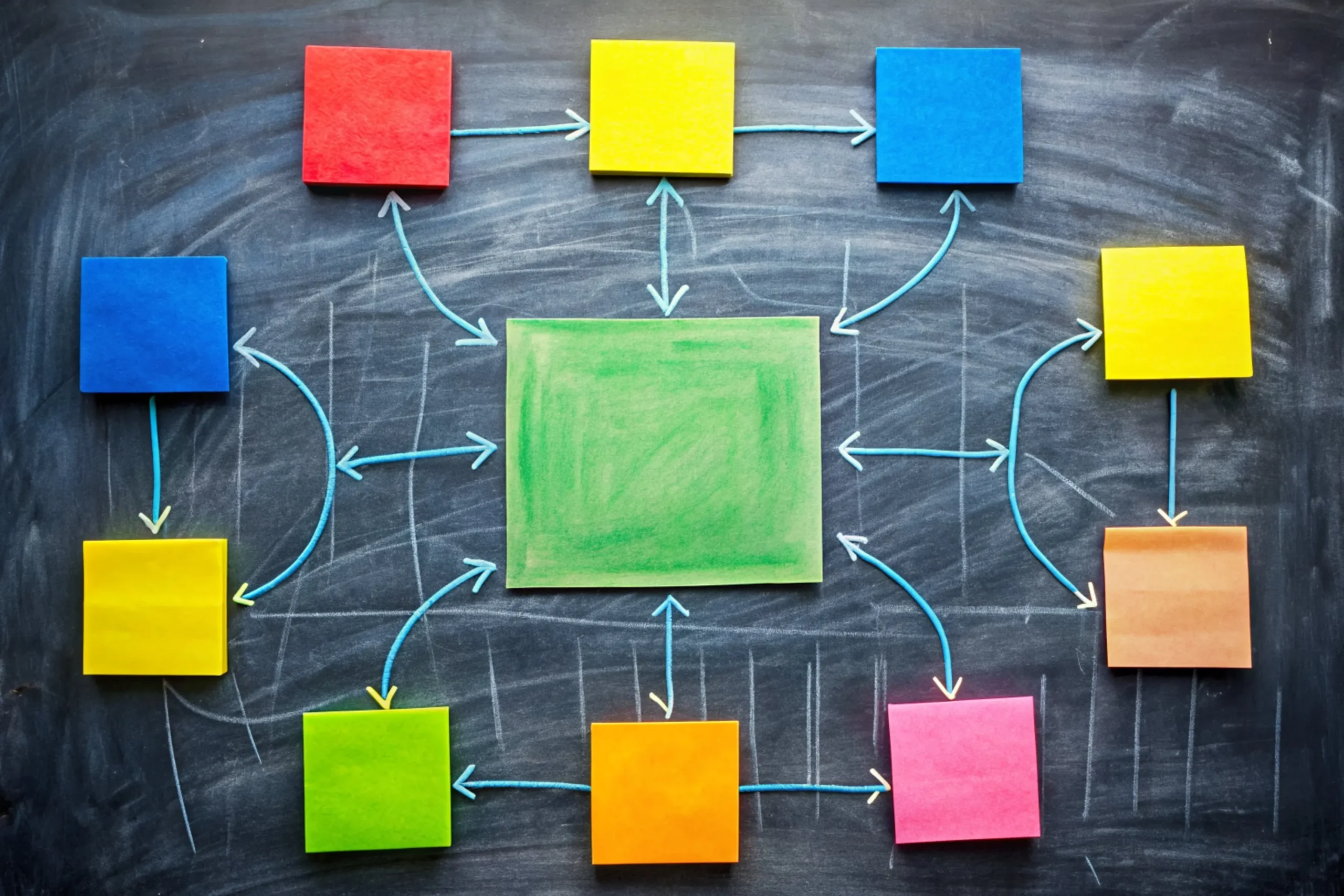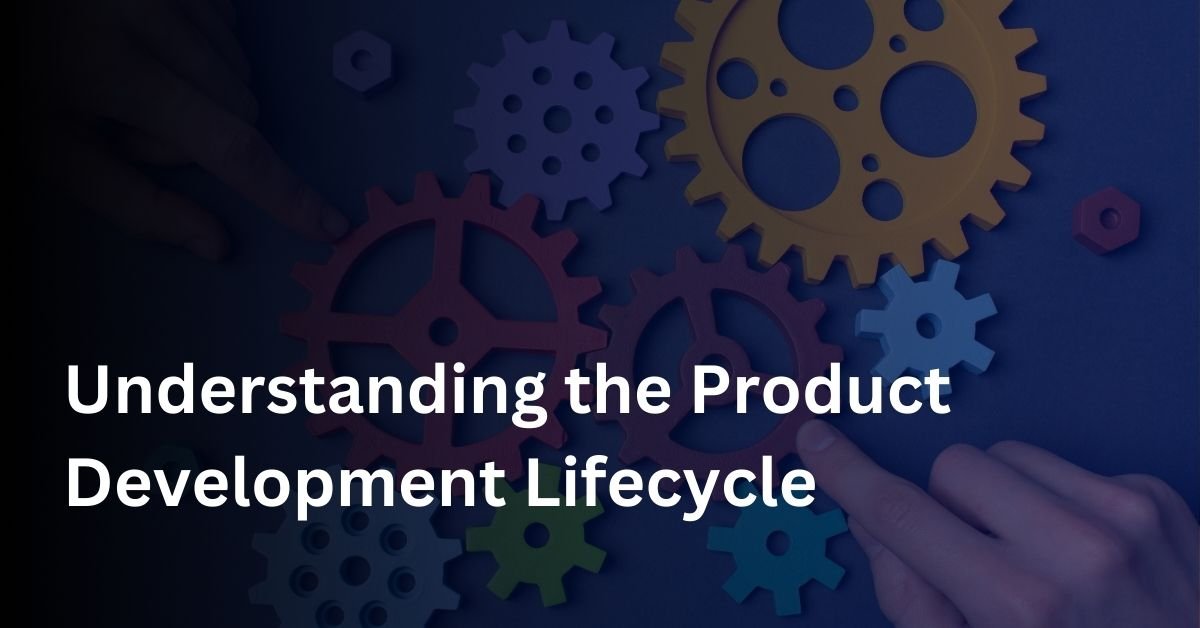What is the Product Development Lifecycle?

Stages of the Product Development Lifecycle
The product development lifecycle typically consists of several key stages:
- Idea Generation: This initial phase involves brainstorming and gathering ideas based on market needs. Techniques such as customer feedback and market research are essential. Tools like Surveys or Focus Groups can provide valuable insights into what potential customers desire.
- Concept Development: In this phase, the ideas generated are refined into workable concepts, outlining key features and benefits. It’s important to prioritize ideas that align with your company’s vision and customer expectations.
- Prototype Development: A prototype is created to visualize the product, allowing for early testing and feedback. This is a critical step, as it enables teams to identify any flaws and make necessary adjustments before moving forward. Utilizing tools like Sketch or Figma can facilitate this process.
- Testing: Rigorous testing is conducted to identify any potential issues and gather user feedback. This stage is vital for ensuring the product meets quality standards and fulfills customer expectations. According to Harvard Business Review, involving users early in the testing process can significantly improve the final product.
- Market Launch: Finally, the product is launched to the market, accompanied by targeted marketing efforts to attract customers. It’s crucial to have a well-thought-out marketing strategy that includes social media campaigns, email marketing, and partnerships to maximize exposure.
The Importance of a Structured Approach

Employing a structured approach in the product development lifecycle is essential. Not only does it minimize risks, but it also enhances the efficiency of the process. According to ProductPlan, having a clear roadmap helps teams stay aligned and focused on common goals. This structured method not only boosts productivity but also ensures that the end product aligns with customer expectations.
Embracing Agile Methodologies
Furthermore, many companies are adopting Agile methodologies to enhance their product development processes. Agile encourages iterative development and continuous feedback, allowing teams to adapt quickly to changing market needs. For a deeper understanding of Agile practices, check out Scrum Alliance for valuable resources.
Conclusion
In conclusion, understanding the product development lifecycle is vital for anyone involved in bringing new products to market. By following a structured process and being aware of each stage, businesses can improve their chances of success and deliver products that truly resonate with customers. For more insights on product development, visit our Entrepreneur page for additional resources.
By prioritizing customer needs and embracing a comprehensive approach, you can navigate the complexities of product development with confidence, ultimately leading to greater success in the marketplace.



